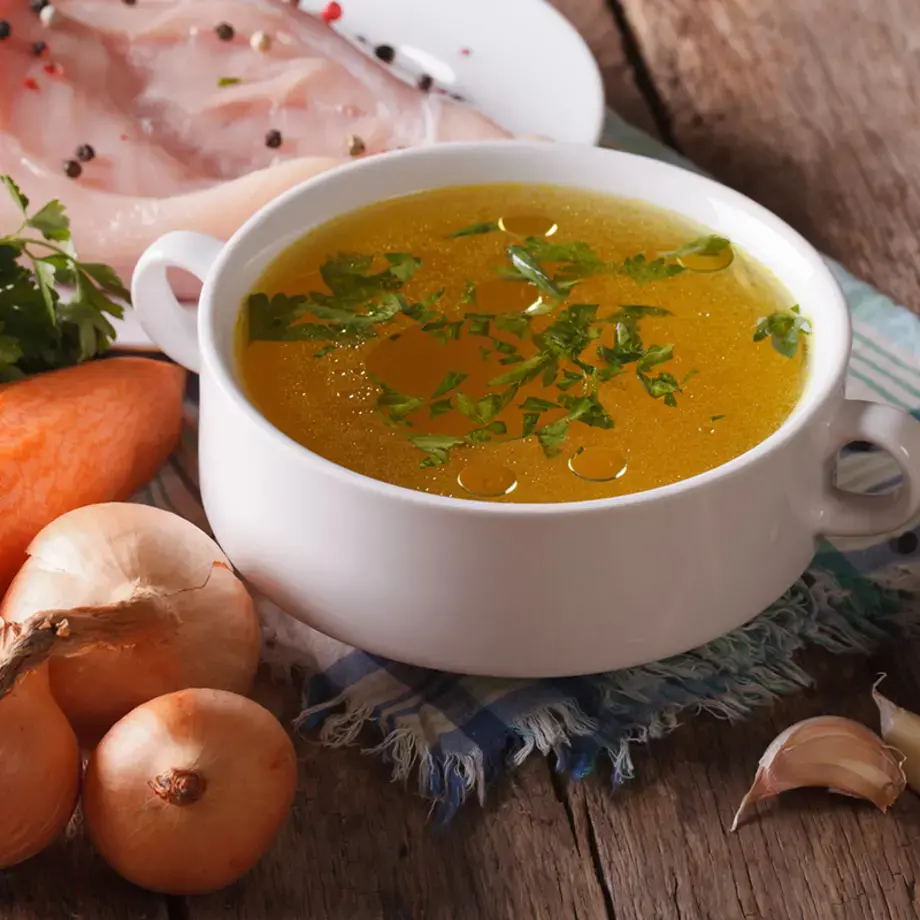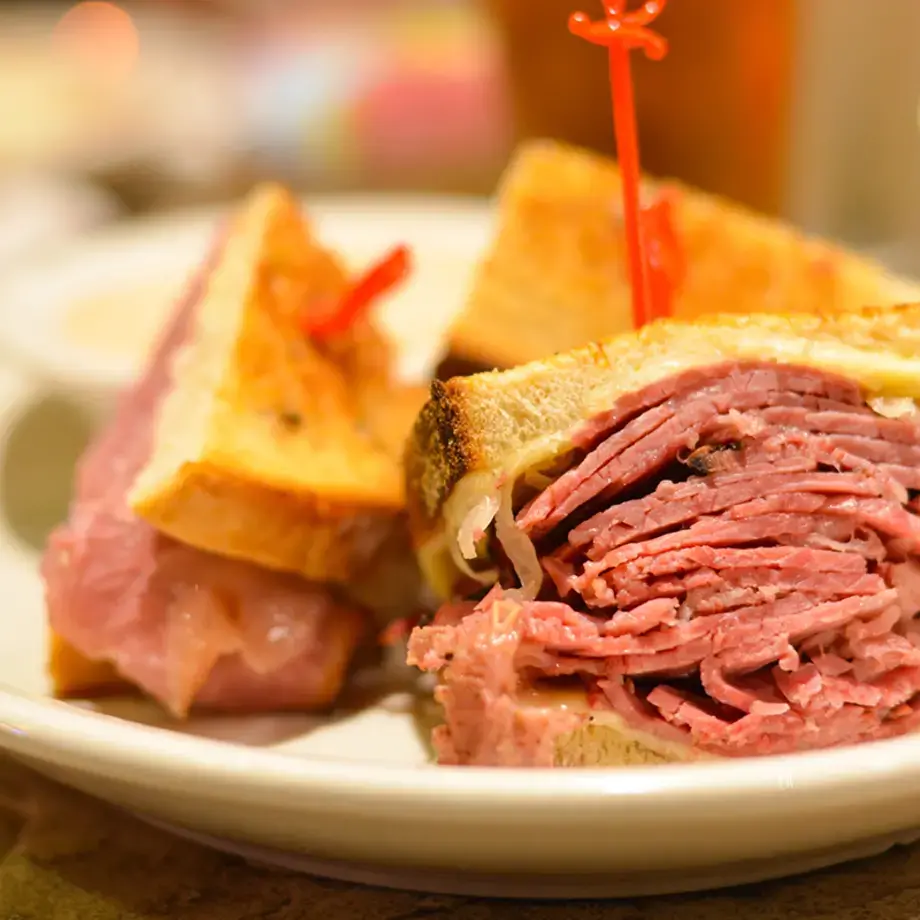Black stone flower is another name for kalpasi or dagarfu, one of the lichens most widely used by chefs, who are increasingly intrigued by this surprise ingredient. But what is lichen, exactly? We know about them from school books describing forms of life that emerge from fungi or algae, or maybe both... In fact, lichens are symbiotic organisms and their binding capacity is also effective when combined with other ingredients: some believe they add an authentic touch of magic to “cheffy” recipes or to exotic and creative dishes.
When thinking of what is lichen we tend to associate lichens with far- flung corners of the planet but this is not actually the case. They are to be found everywhere in areas that are far less remote, as in the cold damp zones of North West America. It is true that certain species in some parts of the world have never been looked on as food fit for human consumption, barring particularly hard times or in very poor diets, as in some regions of North Europe where they used to be a staple food. Umbilicaria, which grows on the rocks – like those of the Rocky Mountains –, used to be called 'rock tripe' by early North American explorers, comprising the survivors of the Coppermine expedition of 1819-22, who ate them in great quantities out of sheer desperation. The reason for the relatively low popularity of lichens as a foodstuff is no mystery: many of them have scarce nutritional value and may even be indigestible or vaguely toxic. Not so for their main customers: American deer, reindeer and caribou. And it is actually from the stomachs of these animals that the lichen served to us in a restaurant comes from. Yes, indeed: pre-digested lichen is apparently sweeter.
It is difficult to describe the taste of lichens and much depends on the variety and the way in which they have been prepared but, in general, they have a vaguely mushroomy flavour – some even compare them to truffles – albeit stronger and slightly bitter. But how did this trend catch on with chefs, British ones in particular? Chef René Redzepi of the Noma restaurant in Copenhagen (in 2014 at the top of the World's 50 Best Restaurants list again), has certainly contributed to giving this ingredient its gourmet launch. More generally, it probably derives from the influence of Scandi cuisine – now growing in popularity on the international scene - and Asian food, in which lichens are considered to be a delicacy. Some carefully selected species can in fact be delicious and also carry health benefits, bearing in mind however that being sensitive to environmental factors, they may also suffer the consequences and absorb pollutants.
The above-mentioned Umbelicaria, a variety of esculenta, is commonly referred to as 'rock ear' in Chinese cuisine and as 'rock mushroom' by the Japanese who love it. Similarly, the Black stone flower is a highly esteemed ingredient in South Indian cuisine, especially in the regions of Hyderabad and Chennai. Then, there is Cladonia rangiferina, also known as reindeer lichen/moss, the species that is taken directly from the stomach of the dead animal. And, finally Bryoria fremontii, or Wila, most appreciated by native Americans who forage it directly from the land and cook it after leaving it to soak. Lichens are one of the ingredients celebrated in a new book by chef Michele Genest, a Whitehorse native, The Boreal Feast: A Culinary Journey Through the North. Wila is also used to aromatize Scandinavian Aquavit. And what’s more, in 2015, in line with the trend to seek alternative ingredients to hops for flavouring beer, we can expect to find traces of lichens when we open a bottle.







